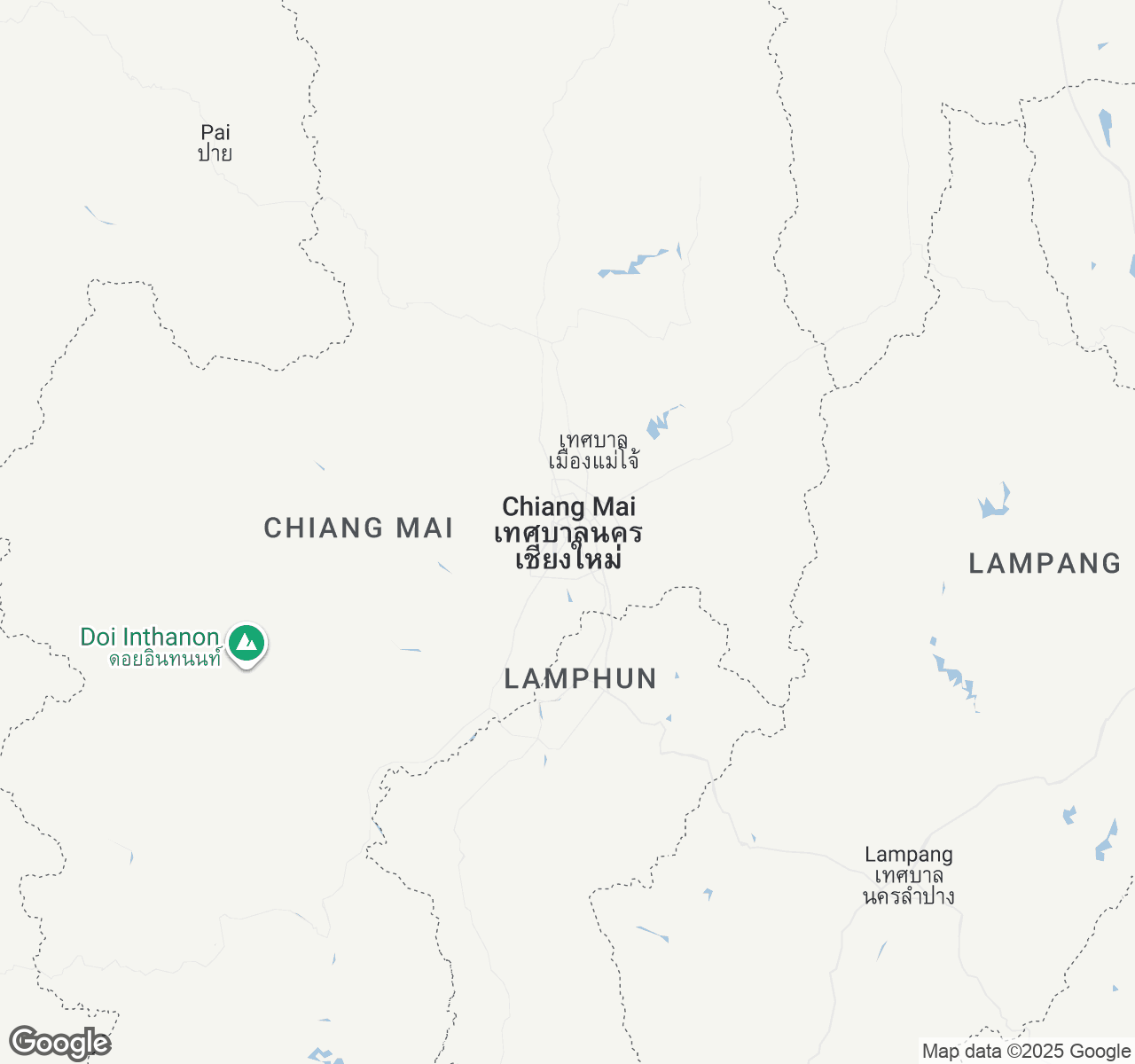
Things to Do in Chiang Mai
Discover the best of Chiang Mai
Plan Your Trip
Essential guides for timing and budgeting
Top Things to Do in Chiang Mai
Discover the best activities and experiences. Book now with our trusted partners and enjoy hassle-free adventures.
Your Guide to Chiang Mai
About Chiang Mai
Where golden temple spires pierce morning mist and the ancient pulse of Lanna culture beats beneath a canopy of tropical blooms, Chiang Mai unfolds like a living meditation. This northern Thai jewel cradles visitors in its embrace of contrasts—saffron-robed monks collecting alms along bustling lanes where street food vendors serve steaming bowls of khao soi, while elephant trumpets echo from nearby sanctuaries. Here, time moves differently. Dawn breaks over mist-shrouded mountains as temple bells chime across red-tiled rooftops, and evenings bloom into kaleidoscopic night markets where artisans' hands shape silver and silk into stories. The Rose of the North whispers secrets through incense-perfumed air: of hill tribes preserving ancient ways, of cooking classes where curry paste is ground on volcanic stone, of jungle canopies concealing hidden waterfalls. Every corner reveals another layer—from the sacred energy of Doi Suthep temple to the creative renaissance breathing new life into old city walls. Chiang Mai doesn't just offer experiences; it transforms souls.
Travel Tips
Transportation: Rent a scooter (150-200 baht/day) for ultimate flexibility exploring temples and countryside. Always wear helmets and carry an international driving permit. For Old City exploration, use red songthaews (shared trucks, 30-50 baht) or grab ride-sharing apps like Bolt for fixed pricing.
Money: Thai baht is king—many vendors don't accept cards. Withdraw from official bank ATMs (220 baht fee) rather than street machines. Carry small bills for temples, street food, and songthaews. Budget 1,000-1,500 baht daily for mid-range travel including meals and activities.
Cultural Respect: Remove shoes and cover shoulders/knees before entering temples. Never point feet toward Buddha statues or monks. Women cannot touch monks or hand items directly—use a cloth intermediary. Dress modestly when visiting hill tribe villages and ask permission before photographing people.
Food Safety: Eat where locals queue—high turnover means fresher ingredients. Stick to fully cooked dishes from busy stalls. Avoid raw vegetables unless at upscale restaurants. Try khao soi, som tam, and mango sticky rice from established vendors. Bottled water is essential; ice is generally safe at restaurants.
When to Visit
Chiang Mai's cool season (November-February) offers perfect weather with temperatures 15-28°C, minimal rainfall, and crystal-clear mountain views—but expect 40-50% higher accommodation prices and crowded attractions. December-January peaks during Western holidays. The hot season (March-May) brings scorching 35-40°C heat and smoky burning season (March-April) with poor air quality, though hotel rates drop 30-40%. Despite discomfort, this period offers authentic local experiences with fewer tourists. Rainy season (June-October) features daily afternoon downpours, lush green landscapes, and temperatures around 24-32°C. Hotels offer their best rates (50-60% off peak season), and morning activities remain largely unaffected by evening storms. Major festivals include Yi Peng Lantern Festival (November full moon), Songkran water festival (April 13-15), and Flower Festival (first weekend February). Digital nomads favor November-March for reliable wifi during storms. Adventure seekers should visit June-August for dramatic waterfalls and jungle treks. Budget travelers benefit most from May-September's lower prices, while luxury seekers should book November-February for optimal weather despite premium rates.

Chiang Mai location map